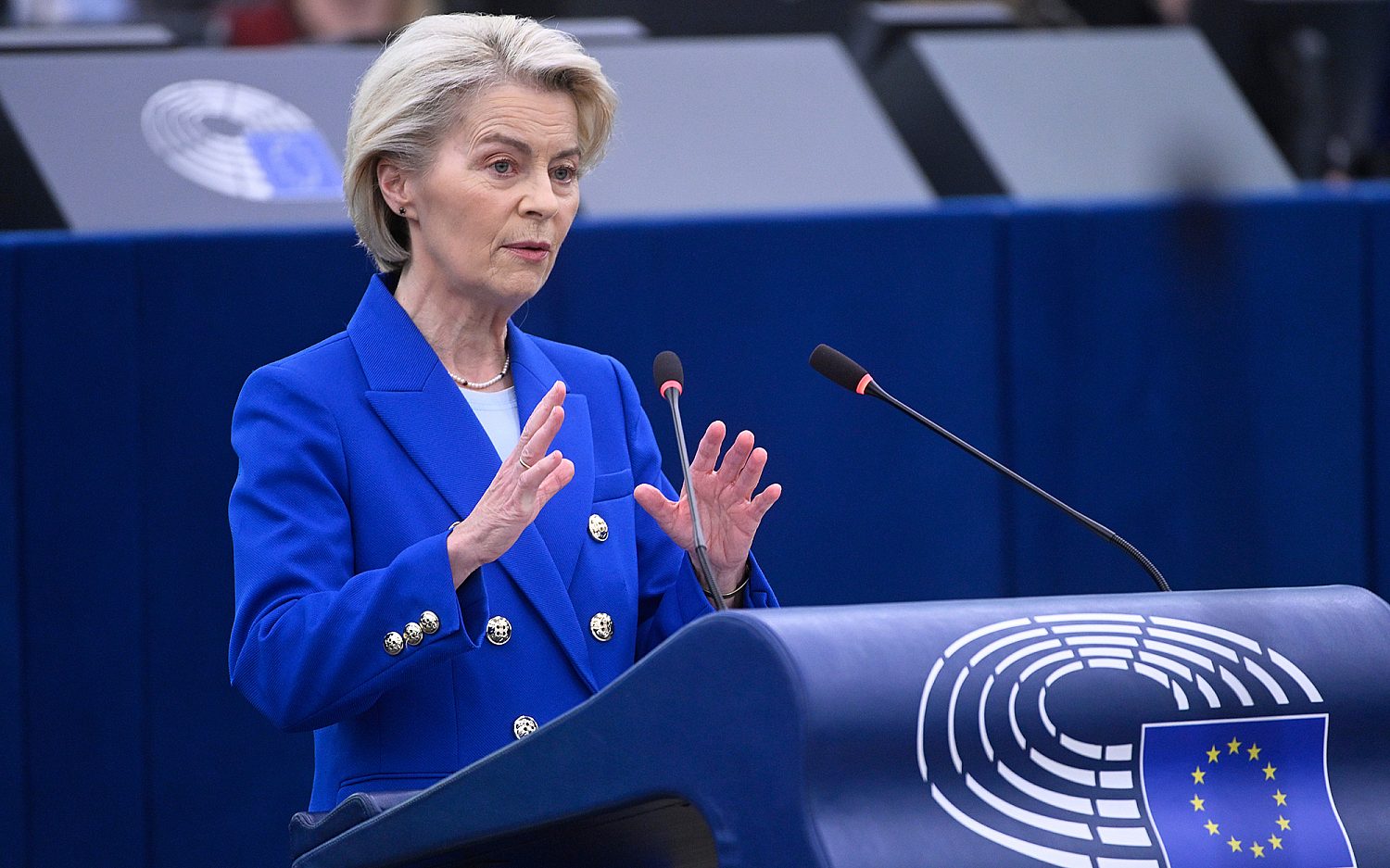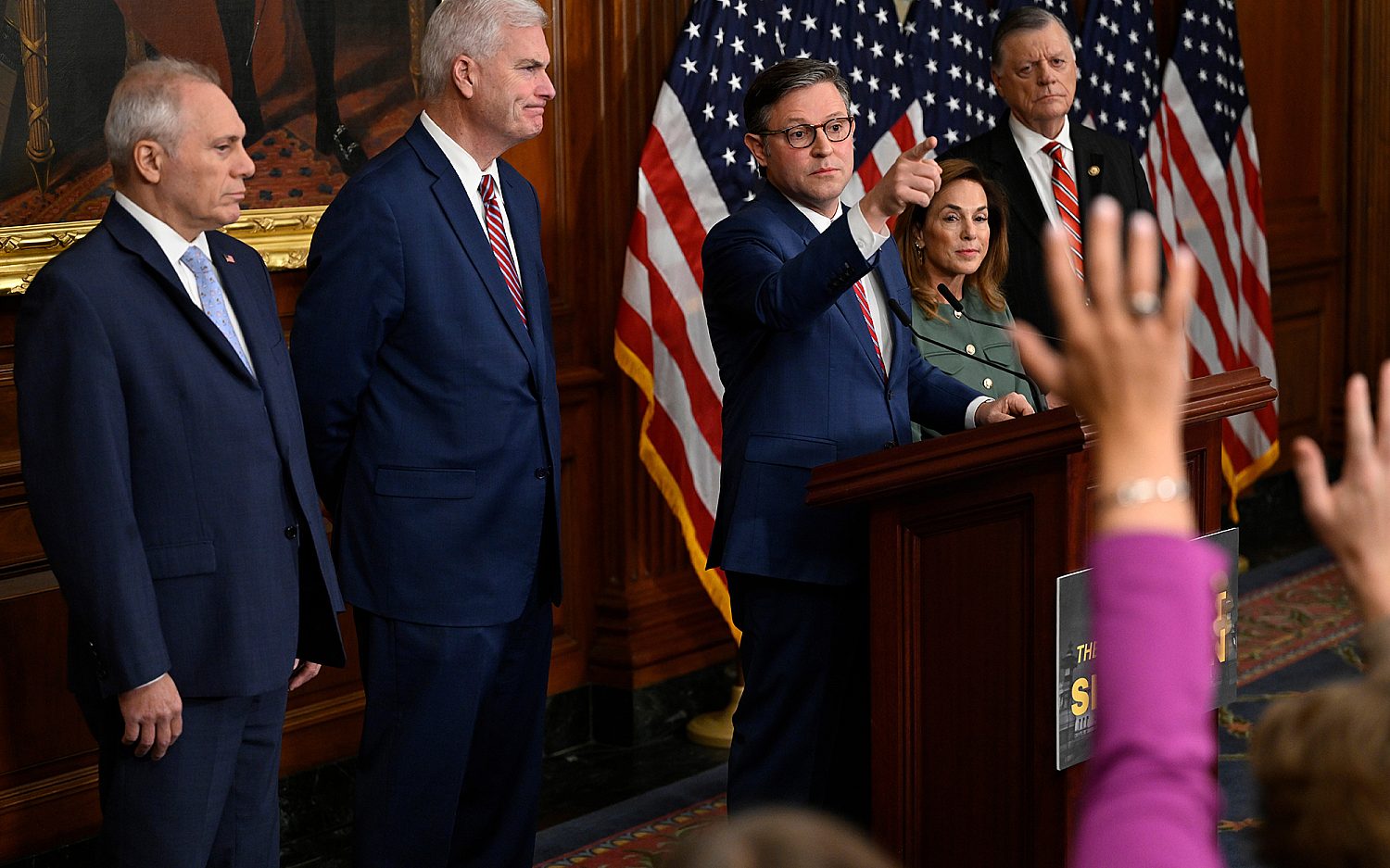Economists: New York's paid family leave plan has shaky foundation
New York state passed the longest and most far-reaching family paid leave policy in the country last week. Gov. Andrew Cuomo signed it into law Monday as part of the state budget.
The law allows state residents, both men and women, up to 12 weeks of paid family leave. The benefit is funded by employee payroll deductions and can be tapped to care for a new baby, an adoption or foster-care placement, or a sick family member. The law will be phased in slowly, starting with 50 percent of an employee’s weekly wage in 2018 and growing to 67 percent in 2021. Employees are eligible for leave after 6 months of working.
Advocates say the legislation is pro-family, pro-business, and long overdue. The United States is the only developed country in the world that does not have a federal paid family leave policy. The U.S. Family and Medical Leave Act, passed in 1993, requires employers to provide up to 12 weeks of job-protected leave for qualified reasons, but the leave is unpaid and employers with fewer than 50 employees are exempt. New York’s law attempts to raise the bar by offering paid leave to employees of companies large and small.
But conservative experts question the economics.
“It’s a great pro-family idea,” said Aparna Mathur, resident scholar in economic policy studies at the American Enterprise Institute. Mathur said other states have tried paid leave plans but had low pick-up rates because of imbedded problems like low wage replacement rates and no job protection. “What I like about the New York program is that it is trying to get at all those problems,” Mathur said.
But she questions the cost estimates. New York officials say the plan will cost employees less than a dollar a week for the first year. But it is unclear how they projected those costs. If the estimates are based on other state programs, Mathur suspects officials might have underestimated because other states have not seen much participation. A plan like New York’s could be popular, which could skyrocket the cost.
“On the whole it sounds good, but the devil is in the details,” Mathur warned.
New York is the fifth state to pass a family paid leave plan, behind California, Washington state, New Jersey, and Rhode Island. On Tuesday, San Francisco became the first city to require employers to provide up to six weeks of fully paid family leave.
Rachel Greszler, an economist and senior policy analyst for the Heritage Foundation, said the New York plan has some praise-worthy components, but overall she remains skeptical. The New York plan is better than others, like San Francisco’s, that mandate employers cover the paid leave, she said. Such efforts often hurt the people they are trying to help by discouraging employers from hiring and keeping employees who might take leave, most often women.
“Having a job is a lot more important than having a job with paid leave,” Greszler said.
New York’s plan avoids that pitfall, Greszler acknowledged, but probably still includes unintended consequences. Like Mathur, Greszler wonders whether the influx of employees taking leave will cause the per-person cost to skyrocket beyond what the state anticipates. Greszler also notes any government-run benefit program will have significant inefficiencies.
Greszler, a mother of five, said she understands the pull.
“Paid leave is great,” she said. But based on the economics and the incentive side, she concludes it’s not something policy-makers should push for.
An actual newsletter worth subscribing to instead of just a collection of links. —Adam
Sign up to receive The Sift email newsletter each weekday morning for the latest headlines from WORLD’s breaking news team.




Please wait while we load the latest comments...
Comments
Please register, subscribe, or log in to comment on this article.